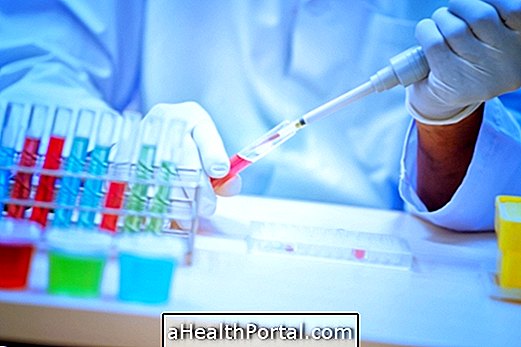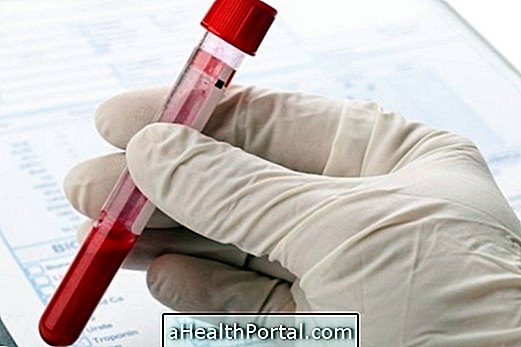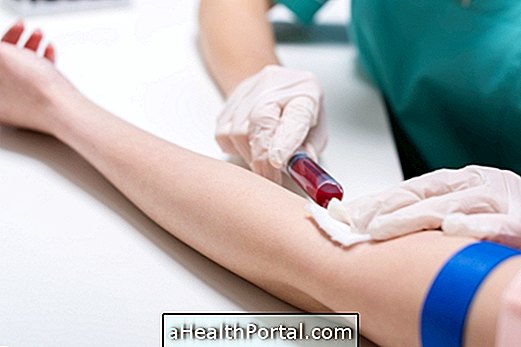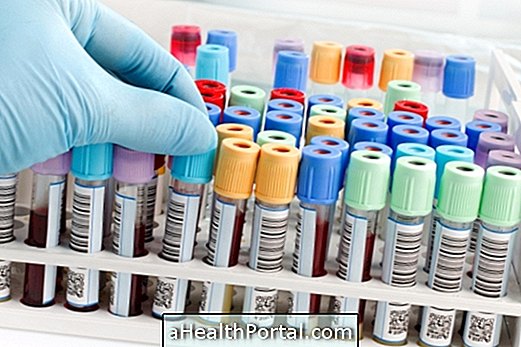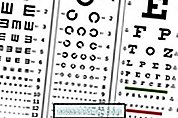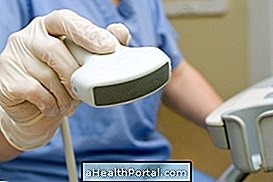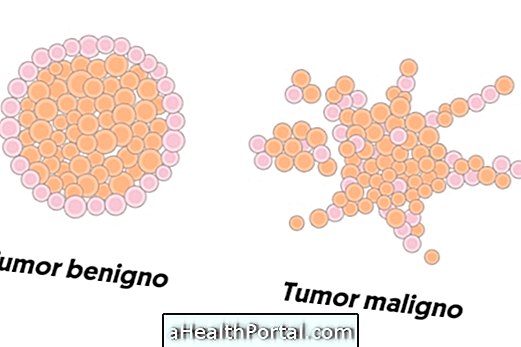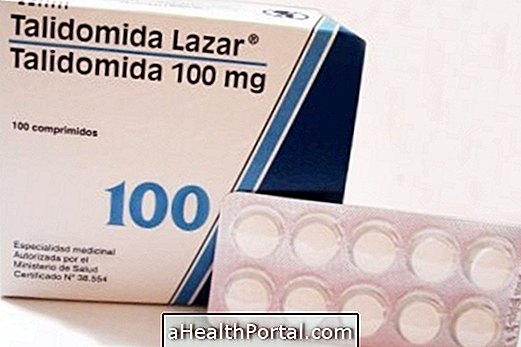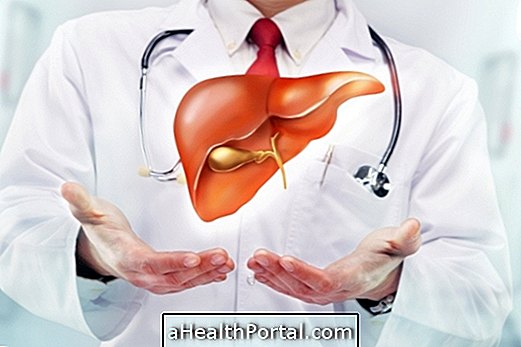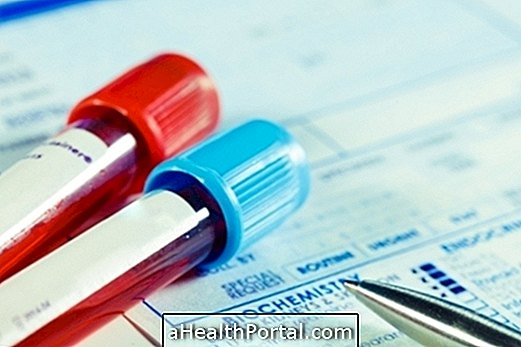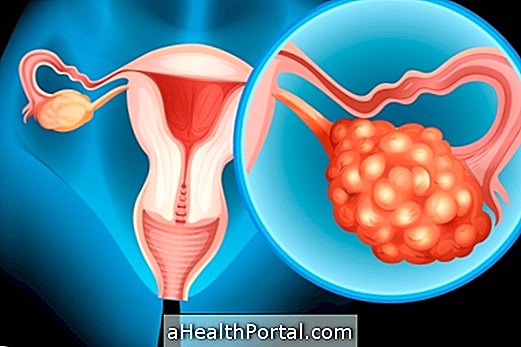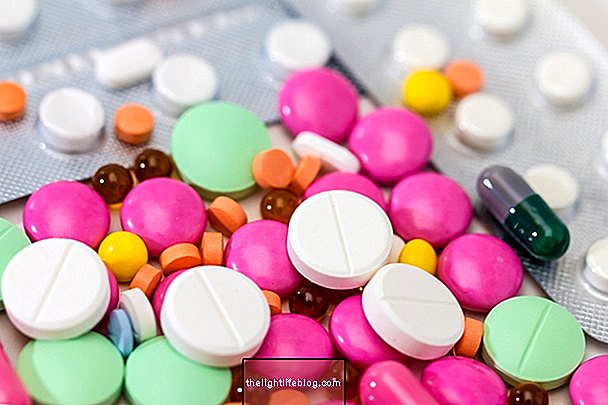C-reactive protein, also known as PCR, is a protein present in the blood that has its high concentrations mainly in inflammatory or infectious processes, and is usually one of the first indicators to be raised in a blood test.
This protein is produced by the liver and can be used to assess the possibility of some infection, inflammatory processes and indicate a person's risk of developing cardiovascular disease. Therefore, PCR dosing is highly requested when appendicitis, atherosclerosis, autoimmune disease, and suspected viral or bacterial infections are suspected.
This test does not pinpoint exactly what inflammation or infection the person has, but an increase in their values indicates that the body is fighting some aggressive agent, which is also reflected in the increase in leukocytes, which are the defense cells, whose concentration may be indicated on the blood count.
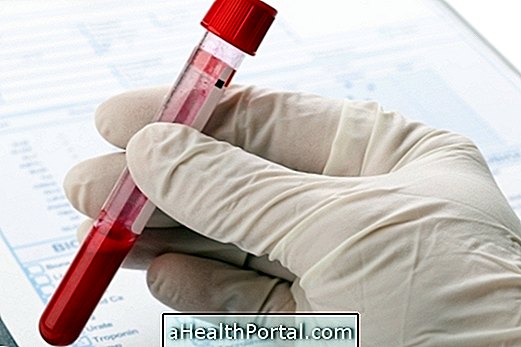
Normal value of PCR
The reference value for PCR in both men and women is up to 3.0 mg / L or 0.3 mg / dL. Regarding cardiovascular risk, the values that indicate the chance of heart disease are:
- High risk : above 3.0 mg / L;
- Medium risk : between 1.0 and 3.0 mg / L;
- Low risk : less than 1.0 mg / L.
Thus, it is important that the CRP values are between 1 and 3 mg / L. Low levels of C-reactive protein may also be observed in some situations, such as in people who have had major weight loss, exercising, drinking alcohol and using some medications, and it is important that the physician identifies the cause.
The interpretation of the result must be done by the physician, because in order to arrive at a diagnostic conclusion, it is important that the tests be analyzed together, thus identifying the cause of the increase or decrease of the CRP.
What is ultra sensitive CRP
The ultra-sensitive CRP test is ordered by your doctor when you want to assess the person's risk of having cardiovascular problems, such as a heart attack or stroke. In this case the examination is requested when the person is healthy, without any symptoms or apparent infection. This test is more specific and can detect minimal amounts of CRP in the blood.
If the person is apparently healthy and has high ultra-sensitive CRP values, he is at risk of developing peripheral arterial disease, or suffering from a heart attack or stroke, so he should eat properly and exercise regularly. See 7 other tips to lower your risk of cardiovascular disease.
What can be high PCR
High C-reactive protein arises in most inflammatory and infectious processes of the human body, and may be related to several situations such as the presence of viruses, fungi, bacteria, liver problems, cardiovascular diseases, HPV, rheumatism and even cancer, for example.
In some cases, CRP values may indicate the severity of the inflammation or infection:
- Between 3.0 and 10.0 mg / L: usually indicate mild infections such as gingivitis, influenza or cold;
- Between 10.0 and 40.0 mg / L: may be a sign of more serious infections such as chicken pox or respiratory infection;
- More than 40 mg / L: usually indicates bacterial infection;
- More than 200 mg / L: may indicate septicemia, a serious situation that puts one's life at risk.
The increase in this protein may also indicate chronic diseases and so the doctor should ask for other tests to try to find out what led to their increase in blood flow, since CRP alone can not determine the disease. Check out the main symptoms of an inflammation.
What to do when the PCR is high
After confirming high CRP values, the physician should evaluate the outcome of the other tests requested, as well as evaluate the patient, taking into account the symptoms presented. Thus, from the moment the cause is identified, treatment can be initiated in a more targeted and specific way.
When the patient presents only a malaise without any other specific symptom, the doctor may request other tests, such as the dosage of tumor markers or computed tomography, for example, to verify the chance of increased CRP being cancer-related .
When CRP values are above 200 mg / L and the diagnosis of infection is confirmed, it is usually indicated that the person is hospitalized to receive antibiotics through the vein. The CRP values start to rise 2 days after the onset of infection and tend to decline when antibiotics are started. If 2 days after antibiotic use the CRP values do not decrease, it is important that the physician establishes another treatment strategy.

